Heinz’s latest PR disaster is a cautionary tale of how attempts to champion diversity, equity & inclusion can go horribly wrong. The fmcg giant has come under fire for perpetuating “racist” stereotypes and imagery in two of its ad campaigns.
The first – an out-of-home push for its pasta sauce range – depicted a black bride and white groom eating with family at their wedding. The issue? The bride was with her single black mother, while both of groom’s white parents were present – a set-up that was derided for its “erasure” of black fathers and playing to stereotypes.
The second – a Halloween-themed campaign, which depicted a black person with ketchup smeared around their mouth – was slammed for its “blackface connotations”. It was likened by commentators to the old minstrel ads of the 19th century, featuring white men in blackface with large, painted red lips.
Not everyone blamed Heinz for the uproar. “I would say the issue is more down to the space on the advertising board that required one character to be omitted for the aesthetic to have a beautiful woman centre to the advert than anything else,” one X user posted about the pasta sauce push, adding: “I seriously doubt there is anything sinister in it.” On the Halloween ad, another shopper posted to X: “So basically lipstick is blackface?”
"For my brothers with daughters"
— Nels Abbey (@nelsabbey) October 4, 2024
Because, believe it or not, Black girls have Dads too. pic.twitter.com/LngrCCZ4rW
‘Listen, learn and improve’
Regardless of the intentions, though, this is undoubtedly a blunder Heinz would rather have avoided. The fmcg giant quickly apologised for both campaigns, saying it had “unintentionally perpetuated negative stereotypes”. It also promised “to listen, learn and improve to avoid this happening again in the future”.
As part of that process, Heinz may want to rethink the way creative concepts are signed off, suggests Tom Ghiden, MD of creative agency Joan London. Take the issue with the absent black father in the pasta sauce ad. “While I’m sure this wasn’t done as a reflection of black stereotypes of fatherhood, I’m just as sure that there was likely no one at any stage of the creative process who understood or could speak to this stereotype – and there the problem lies,” he says.
“Agency teams must be made up of people who will raise questions and see issues—even if the decision is then made to press on regardless – because it is essential to thoroughly interrogate campaigns from the very beginning of the process.”
Read more on EDI:
-
BRC diversity & inclusion report: more than a third of retailers still have all-white boards
-
Booker launches new disability colleague network
-
Is Ocado’s ‘female founders’ aisle positive discrimination?
-
GroceryAid’s D&I in Grocery LIVE! event unveils expert panel line-up
It’s a point backed up by Quiet Storm founder & executive creative director Trevor Robinson. “When I look at these two ads, I immediately question whether the right people have been involved from the concept stage,” he says.
“It’s clear that diversity was lacking in the room where it mattered, from casting onwards, because there doesn’t seem to have been any sense-checking.
“To avoid making similar mistakes in the future, fmcg brands must take care to complete thorough due diligence,” says Robinson. In cases such as these, Robinson suggests Heinz could ensure its campaigns are “shown to people of colour before being signed off”.
Diversity best practice
That inclusion in the creative process is evident in some of the most powerful examples of diversity in advertising. Take Vanish’s recent ‘Me, my autism and I’ ad. Telling the story of an autistic teenager, Ash, and the personal importance of her hoodie, the campaign was awarded £1m worth of airtime across Channel 4’s network by the broadcaster’s Diversity in Advertising Award.
Crucially, the campaign was created by Havas London with support from experts: charity Ambitious About Autism and public figure Christine McGuinness, who has spoken openly about her autism. In addition to shining a spotlight on autistic girls, who are three times less likely to get a diagnosis than boys, the campaign was also claimed by Vanish owner Reckitt to have improved shoppers’ perception of the brand by 70%.
It goes to show that when handled carefully, efforts towards diversity, equity & inclusion can grab attention for the right reasons.







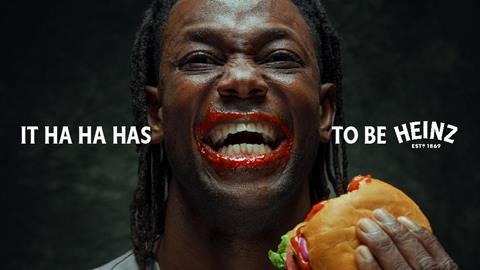


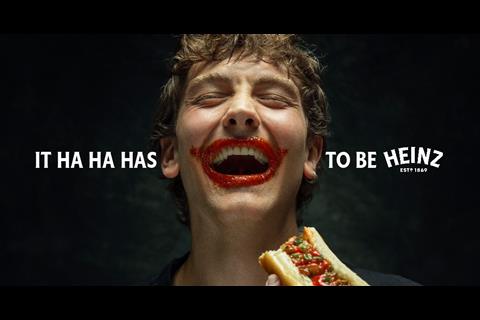



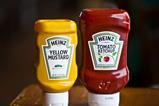

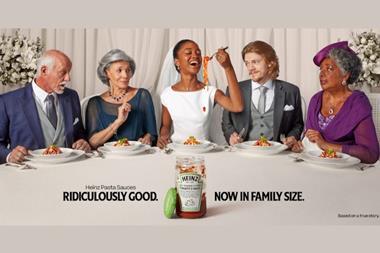





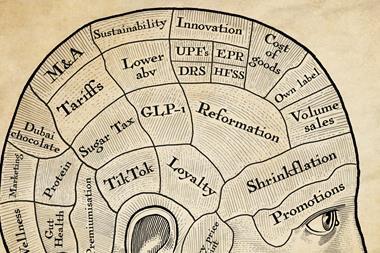

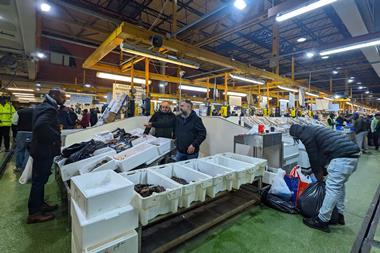

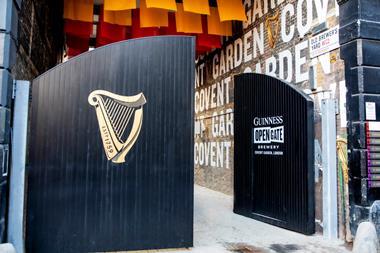

No comments yet